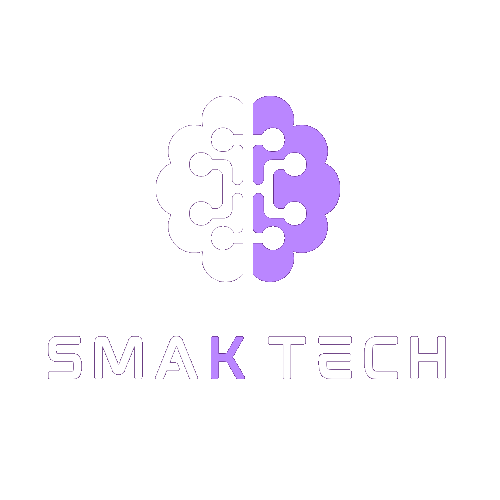In this rapidly changing world, data drives decisions in healthcare, retail, industries, and even entertainment, so why should education be left behind?
The traditional education relies heavily on a fixed syllabus, year-end exams, and generalized exam patterns. In contrast, the data-driven learning includes real-time insights to personalize learning, track progress, and make informed decisions.
And in the current scenario, the expectations from school are higher than ever. Boards want measurable results, parents want transparency, teachers want adaptive support, and students want real-time learning. That is why it is important to shift from traditional education based decisions to insight-based decisions.
Table of Contents
ToggleWhat is data-driven education?
The measurable information, like attendance, engagement scores, is used to make informed teaching decisions, student interventions, and administrative decisions. The key components are:
- Data collection– Test scores, attendance, class participation, LMS analytics
- Real-Time Tracking-teachers monitor learning daily, spotting dips in comprehension instantly.
- Analysis – Identifying trends and patterns in student performance.
- Actionable Feedback – Adjusting teaching based on data insights
Why is digital transformation in education important?
Here, the digital transformation not just means including smartboards, digital projectors, audio systems, but the digital tools that directly help and impact the students’ progress.
For Teachers: Better insights mean more effective lesson planning and targeted support. This helps teachers get an early identification of learning gaps.
For Students: Personalized learning helps each child progress at their own pace, increasing engagement and success.
For Administrators: Data supports strategic decisions about resource allocation, curriculum changes, and policy-making.
Guide to transition from traditional education
Step 1 – Focus on leadership
Every change begins at the top. The top administration at school, like School principals and senior leaders, must understand and support the transition. And thus set the tone and allocate resources accordingly.
Step 2 – Choose the Right Tools & Platforms
The One -size fits policy is redundant now. Not all technology fits every school; the requirements of every school and, students are different. It’s high time that they choose user-friendly, scalable, and affordable tools. Platforms like SmakTech offer integrated dashboards tailored for schools, simplifying data collection and visualization.
Step 3 – Define clear goals and set Measurable Goals
Deciding on the main aim, whether it’s increasing attendance, boosting math scores, or reducing the specific gaps, and tracking progress toward these goals.
Building a culture of data literacy

Step 4 – Train Teachers for Data Interpretation
Teachers need training on how to interpret data reports and use insights to adjust their teaching strategies. Professional development workshops are essential for equipping teachers with the skills and knowledge necessary to utilize the system effectively.
Step 5- involving all stakeholders
Students: It is a must for students to interpret their own data, so that they can understand what is not going right and where improvements or help are required.
Parents: Receiving data-driven updates from teachers is not enough. Parents should themselves be able to interpret their child’s performance chart.
Admins: Using data to support teacher decisions so that teachers are well-equipped with resources.
Using Data for Continuous Improvement
Create feedback loops
- One of the most powerful aspects of a data-driven school environment is the ability to create continuous feedback loops.
- Collect real-time data, such as daily attendance, Student engagement, and Behavior tracking.
Analyze and interpret
- Identify students who are falling behind early. Identifying the gaps is equally essential for making an informed decision on that specific gap.
- Spot trends in subject-wise performance. A student might be good with a particular subject and weak in the other. Thus, strategizing accordingly is important.
- Understand peak engagement times or drop-off points. This sudden drop off might be due to demotivation, due to sudden lower scores, or lower confidence in oneself.
Take Informed Action
- Use the insights to modify lesson plans for better engagement. strategizing according to the needs of the particular student, his/her strengths might lead to productive classroom learning.
- Adjust teaching pace based on classroom-wide understanding
Give feedback
- Provide personalized feedback based on their data.
- Schedule parent-teacher meetings with data to support conversations
- Encourage students to set learning goals
Repeat the Cycle
Once the interventions are in place, track their results in the next round of data collection. This helps with what’s working and what’s not.
Start your journey toward insightful, student-centered teaching today with SmakTech
Creating a classroom where every student is seen, supported, and guided based on real needs is the real aim of the transition from traditional education to data-driven education. Thus, by starting small, tracking progress, and continually refining your approach, the teaching can move from reactive to proactive.



